AI Indies Part 4 - Cyber Volunteers in Ukraine

Happy Tuesday, Friends!
This long-delayed newsletter addresses an urgent American issue that many are unaware of. First, I’d like to extend my thanks to Matthew Reagan for alerting me to recent developments, ensuring that I do not inadvertently publish sensitive information. This post is not meant to be a bombshell. Bombshells are in the news.
Instead, let me tell you a story of J. Random Hacker, someone I know. Someone who codes almost as eloquently as I do. 😜.
In this edition, I aim to shed light on the imminent risks that American families face in preserving our way of life. News of a looming recession and escalating cyberattacks pervade the media. Is the situation as dire as it seems? The insights in this newsletter arise from a commissioned research project that led J to a revelation - one that I had already intuited. Specifically, it concerns us, the conflict in Europe (to which the Ukraine war belongs), the ramifications of the 1991 world order, and the inevitable outcomes for Americans, the West, Ukraine, and its allies. Will these events matter in 2023?
This post is the third installment of the 4-part status report[1]. And this exact article is the conclusion to a series of reports that I’ve been working on since 2022. So, by now it is a year old story. But to tell it and needed to build up enough context to make sense of emerging events.
So, Where Do We Stand So Far?
- Part 1: A New Frontier Arrives Early
-
Independent developers in Canada are commanding an eye-popping $450/hr for GPT-4 integration on long contracts. When will this wave hit the U.S.? The world is capitalizing on a U.S. product. But American pickup is painfully slow.
- Part 2: Expansion into War-Coding
-
In the aftermath, the lucrative commodification of war-coders emerges as an unanticipated industry windfall.
Yet the U.S. coder is left in the dust again.
Hacker capital of the world? It’s Prague—again. - Part 3: War in Europe Spills into the U.S.
-
A closer look at Russia’s cyber strategy: Is it a well-thought-out maneuver or a vindictive blitz on the U.S. economy, spurred by envy and failure?
Who should be worried? If the goal is destabilization, why hit the weakest links first?
Also, Ukraine has something new in the making. Something that could change everything. - Part 4 (We Are Here!)
-
The ripples across the Atlantic: how developments in Europe are impacting American lives.
Where is the IT market shifting? Are we over-hired in U.S. tech?
Simply put, every geopolitical analytics model warns that we’re on track to repeat the path of Argentina—once prosperous, now impoverished.
The only hope? A strong, brave candidate emerging in the next U.S. presidential election—someone as pragmatic as Ronald Reagan and as bold as Teddy Roosevelt.
That’s the bare minimum it would take to wake our sleepy nation, wrestle down the debt, and preserve our way of life through integrity and moral resolve.
Because we are under attack.
But that’s just the public side of the story.
The real action is happening on the Dark Web Marketplace—and it’s far grimmer.
Unfortunately, due to OpSec concerns, I can’t share details about the remarkable technology emerging in Europe, especially Ukraine. That was my original plan—to lift your spirits with a glimpse into the future. But I’ll have to save that for another time.
What I can share is what’s already happening here in the U.S.—and what we need to do in response.
Product Development Context — Where the important data is from!
This is a segue on HOW I got the data that matters.
If you’re short on time, feel free to skip this section: The American Problem.
Just know: we build all kinds of weird software
— including tools that dig into the criminal underworld of the Dark Web.
This one’s for a client named J and his crew.
Since this is a corporate newsletter—not a personal blog—let’s set the stage.
I meet new founders almost daily, mostly from Europe. While global perspective matters, we prefer to keep our strongest relationships closer to home. As a boutique software company known for competence, we collaborate seamlessly with niche cybersecurity firms. But truth be told, these are rarely the fun clients.
A few months ago, we partnered with another American founder to build a microSaaS platform—CyberRecon—for J. Its purpose: to monitor the Dark Web’s data leak marketplaces at scale.
The system applies modern machine learning to detect criminal trends, reverse-engineer encryption strategies, trace the movement of stolen data, and—most importantly—profile both the attackers and their victims.
It serves two purposes: cutting-edge research and practical automation of J’s existing business operations.
Cybercriminals—"crackers"—use hidden services on the Tor hidden services network to publish samples of stolen data and metadata for sale. These marketplaces are intentionally hard to locate.
So-called "drops" often include small encrypted files. Buyers are expected to brute-force and decrypt them to preview the contents before purchase.
Previously, J’s company handled this process manually—running scripts and performing human analysis. Now, ASE’s new platform automates it all with precision and flair. Kotlin-powered, of course.
I hesitated to take on the project due to opportunity costs. Fresh off paternity leave, I found myself craving the camaraderie and structure of a corporate team—something with human contact and predictable rhythms.
J’s deferred payment plan added another layer of risk. Burnout was a real possibility. Still, curiosity prevailed. The upside? If successful, a microSaaS like this could earn orders of magnitude more than a typical consulting engagement. The downside? Nothing at all—if J fails to land it.
But why not just… an ordinary dad?
How about a regular American family man, working from a MacBook Pro, deployed on GCP, and fluent in extraordinary Kotlin?
Thanks to AI-assisted programming, I hoped the timeline would be shorter. But any seasoned hacker knows—creating something truly valuable takes time and dedication.
A new friend of mine, David Herman, founder of kobweb, wrote a personal account that perfectly captures the gap between expectation and reality. Meeting hackers like him rekindles my love for humanity every time. His story is a must-read for any serious maker.
I wish I could make a living building open source. But alas, I hack it a different way.
Armed with my private aggregator, Tillie—fueled by Chat-GPT, Bard, GitHub Copilot, TabNine, and ultimately Codeium—I set off on J’s mission.
These tools made the development experience fantastic. But they couldn’t replace real human interaction.
The result? Six intense weeks of nonstop hacking, neglected property, and a household held together by grace.
Here’s how that solo dev journey unfolded:
-
Week One: Blank slate. In production on day one. Established DevOps, MLOps, Test-First workflows, and Continuous Deployment—the hacker way. Also completed the root bounded context. At this stage, the product decrypted only about 20% of the demo files.
-
Week Two: Brought in a third partner who contributed an enhanced Kali Linux Docker image. This bumped decryption success to 100%. Thanks, K!
-
Week Three: Rolled out machine learning analytics models, added a dashboard, and automated the discovery and ripping of new drop sites.
-
Week Four: Introduced import/export functionality. J was now able to load years' worth of previously collected data.
-
Week Five: Delivered an impromptu enhancement: a self-service portal for J’s clients, complete with indexing, full-text search, and plugin actor support.
-
Week Six: Version 1.0! Final week focused on scaling the distributed system, optimizing routing, and favoring on-prem compute to reduce cloud costs. Also added support for K’s Kali Docker image shimming feature.
This was a tough ride.
I designed the distributed system and built all the parts—daemons, microservices, models—but I have no knowledge of how J deploys or integrates it into his larger "top secret" platform. All I can do is write airtight behavior tests and tinker with my own demo instances.
And, as anyone who’s built distributed software knows, it always chafes along the communication lines once real-world load kicks in.
Yet so far—no support tickets.
Will this venture make good money for our partnership?
(Spoiler alert: not one bit.)
But what it gave us is priceless in its own right—A cold and hard glimpse into the future of my `Merica.
What Have Three Random Hackers Discovered and Learned?
J, K, and L uncovered startling truths.
While ASE isn’t a cybersecurity firm, even our clients who specialize in security were stunned by the results. Sensational claims—like "80% of American workers have compromised Social Security Numbers"—should be met with skepticism. Verifying such statistics is nearly impossible without government access.
Still, the level of societal penetration is disturbingly high.
It’s enough for malicious actors to profile the American populace and launch sophisticated psychological operations (PsyOps)—ones potentially far more effective than QAnon.
The Republican embrace of QAnon goes far beyond Trump.
Verified Key Findings:
-
Both attackers and victims often lack advanced technical skills—most breaches rely on outdated, low-skill tactics.
-
An overwhelming amount of personal data belonging to Americans is being traded on criminal markets.
-
Most of this compromised data originates from well-established U.S. companies.
-
Breaches usually occur over long periods, with victim organizations largely unaware of the ongoing extraction.
-
Media highlights "whaling" (targeting executives), but it’s a minor fraction compared to the total volume of leaked data.
-
Over 90% of the compromised content is sensitive customer data—and much of it is publicly accessible.
A shocking discovery: much of this data eventually becomes publicly available—stored in ephemeral, unguarded web archives. These archives are common knowledge in European cybersecurity circles but remain obscure in the U.S.
Welcome to America, 2023. 😉
Initially, the goal was to create a simple web crawler — a SaaS offering to help companies tighten up their cybersecurity posture. It sounded like a useful product. But the moment we started demoing, the harsh reality of systemic incompetence reared its head.
One past client stored JWT tokens in a centralized database. When I flagged this as a fundamental security flaw, they brushed it off. J and K even had verifiable proof that a breach had occurred. But when they tried to make the sale? The customer went right back to the same vendor that had created the problem in the first place.
But who’s paying attention? Pretty much no one.
The findings uncovered by J, K, and L weren’t just frustrating — they were deeply troubling. Official U.S. government estimates suggest that 11 million Americans have had their data compromised. Russian sources claim the real number is closer to 100 million.
Where’s the truth? Probably somewhere in the middle — blurred under the crush of 12GB of freshly compressed stolen data appearing online every single month.
The question is: Is your data in there? Is mine?
- Preliminary conclusion so far
-
-
Corporate America is clueless and careless.
-
Corporate America is neutered by incompetence.
-
The Root Cause
The joke:
Three brothers — J, K, and L Random-Hacker — walk into a bar.
J: "We need a reliable way to provide for our families."
K: "The merit we offer has no value."
L: "What has value then?"
Bartender: "LinkedIn knows!"
For those who didn’t get the punchline: LinkedIn is a social network for disgruntled employees — not a place where real business happens.
So, what’s actually going on with my beloved `Merica?
At the time, I wrote about how the entire IT department showed stunning ignorance. Multiple execs were duped by the amateur Kremlin-backed group DarkSide.
Back then, it was just a smash-and-grab for quick cash. But today? These same American laggard companies are now considered strategic assets. And platforms like LinkedIn are a gold mine for adversaries — not job seekers.
Over decades in software, I’ve seen plenty of red flags. But when I started helping cybersecurity firms, I saw how deep the systemic rot runs. Designing secure systems 20 years ago taught me: Systemic problems can’t be fixed with one-off solutions. They require systemic interventions.
Here’s what I’ve learned coaching high-performing teams:
-
People unwilling to help themselves cannot be helped.
-
Flip it around, and you get the real cure: People committed to helping themselves are unstoppable!
In the 21st century, well-designed, competently executed, domain-driven distributed software is nearly immune to common cyberattacks — and certainly to dumb ones. Period.
A good friend and phenomenal hacker gifted me this copy.
He’s the knight of light in the darkness of engineering ignorance.
Hollywood often paints cybercriminals as smart and sophisticated.
In truth, most are opportunistic amateurs — immoral and reckless, not brilliant.
And yet they thrive.
Why?
Because too many organizations are staffed with equally unskilled and indifferent engineers.
That, too, is a product of a deeper systemic failure
— not individual malice, but institutional neglect.
- REVELATION #1
-
Capable Domain Teams STOP the spread of multifaceted cyber warfare threats
— such as PII mining and strategic snooping of critical business assets.-
The antidote isn’t magic — it’s Domain-Driven Design (DDD) for business advantage;
-
The enabler isn’t compliance — it’s Engineering Competence applied with discipline and urgency.
-
These aren’t buzzwords. These are proven, practical mechanisms — simple to explain but hard to sustain. Yet every team that gets these two elements right becomes a fortress of resilience, agility, and innovation.
Segue in Segue on Personal Protection
So what about our own lives?
How can we protect ourselves, our families, and our data in an era of rampant cybercrime and weaponized leaks?
Let’s get real — there’s no magic wand. Your bank, your apps, your vendors, your government — they aren’t prioritizing your security. If anything, you’ve been reduced to a line item in someone else’s breach report.
So here’s what you can actually do.
Own Your Data
-
Do a Data Audit – List where your sensitive data lives. From Amazon to your dentist, trace it all.
-
Review Permissions – Revoke everything unnecessary. Use maximum privacy settings wherever possible.
-
Export, Deactivate, Delete – Download your data, kill unused accounts, wipe what you can. If your data isn’t there, it can’t be stolen.
Watch Yourself, Because Others Are
-
Enable Credit Monitoring – Make it real-time. Catch anything suspicious fast.
-
Monitor the Web (and Dark Web) – Use services that alert you if your data is being sold or shared.
-
Understand Your Rights – When companies screw up, class actions may help you recover damages.
Fortify Your Castle
Your home network is a digital fortress. Treat it that way.
-
Use MFA – Everywhere. Always.
-
Use a Password Manager – Not “Fluffy123.” Use 16+ random characters per login.
-
Use a VPN and Firewall – Especially on public Wi-Fi.
-
De-Microsoft – Segment your digital life. Don’t mix work and personal. Use hardened software. On my machines: separate boxes for browsing, finances, customer work, and family use.
Phone Reality Check
Phones are handy, but they’re your weakest link. Use them less. Use hardened laptops more. Use privacy-focused apps and avoid storing sensitive content on your phone.
Elder Safety
If you’re older, have a business, family, or investments: Get a trust. Get a will. Segment and secure your digital footprint. Ask your lawyer about digital asset protection protocols.
The American Problem
We’ve walked through the reality of personal exposure
— your data, your family, your daily choices.
Here’s the kicker: if we’re this vulnerable at the individual level, it’s because the entire national infrastructure is asleep at the wheel. We’re defenseless not just against opportunistic cyber gangs, but also against state-sponsored pressure from adversaries like Russia and China. And worse — the average American doesn’t know, doesn’t care, and wouldn’t believe it if they were told.
Ignorance isn’t just bliss — it’s become a national liability.
America doesn’t know that it’s already at war!
Is It the War in Europe to Blame?
News outlets blame Russia for the flood of data leaks — especially now that we support Ukraine. But let’s be honest: if Russia vanished tomorrow, would our cybersecurity problems vanish with them? Or are they just a convenient scapegoat for deeper dysfunction?
First, let’s be clear: the U.S. federal government directly blames Russia. Our own government is alert (CISA) continues to warn:
"… Russia will remain a top cyber threat as it refines and employs its espionage, influence, and attack capabilities."
That’s not just political posturing. In 2023, the Kremlin openly declared its intention to inflict over $3.5 trillion in damage to the U.S. economy via cyber operations.
But it goes further than money. Russia’s State Duma proposed the development of bioweapons targeting Anglo-Saxons. Yes — The State Duma urges scientists to devise biological weapons targeting Anglo-Saxons is a real proposal from a nuclear-armed dictatorship.

"Good Russians," MAGA says! (This article was later archived by West Observer.)
And yet — our vulnerability isn’t created by foreign hate. It’s made worse by it, yes. But it’s rooted right here at home: in complacency, in rot, and in willful blindness.
We overpay incumbent tech laggards for inferior goods and services. We stifle innovation and merit-based startups. We bail out failed firms that should’ve been replaced a decade ago.
So yes — Muscovy and the RuZZki Mir are trying to break us. But they’re just giving the final push. We’re the ones who walked to the cliff’s edge.
While We SNORE, the Little Rus' Is Fighting for Us
As far as the Kyiv Rus' – Moscovia Last War (as Polish President Andrzej Duda rightly named it), this is 350 years in the making. Its inevitable outcome can’t be summarized in one section, let alone one article. But we can begin with facts — and a few pictures.
The man above is calmly explaining how he destroyed an entire Kadyrovite column in Ukraine’s early days of defense:
“We don’t need food or gear. We’re on our own land. Our people help us here. As the Polish saying goes, killing RuVZki isn’t work — it’s a pleasure.”
I am a Polish Jew. I’m asking my Polish brothers and sisters for a different kind of help now: Heavy combat gear. So we can fight for Ukraine. Fight for Poland.
This video went viral in Poland, turning his words into a meme: “rozjebane ruskie gówno.” You’ll hear it echoed often in Polish news, the military, and even Kyiv parade chants.
It’s not just a statement of action — it’s a war cry from the soul of Eastern Europe.
Like in time when Ukraine destroyed Khazar accidentally ending Rome in the process.
That artillery unit was led by a Ukrainian female commander — a detail Western journalists rarely highlight:
"God forbid American women get the idea they’re fully equal to men, in combat too."
But ask anyone on the front:
the women are not supporting the war effort from the sidelines
— they are leading it from the frontlines.
— The same general location.
All military occupational specialties (MOS) in Ukraine are open to women.
There were over 50,000 women in active service when the regular army numbered only 250,000.
Today, legends are written daily by:
-
Sniper teams like “The Valkyries,”
-
Deep-sea divers,
-
Armor and artillery units,
-
A former lawyer turned mortar commander,
-
And even female staff generals.
Despite wild claims on Western media — like Tucker Carlson parroting Kremlin numbers of “500,000 Ukrainians killed” — the truth is grounded and measurable:
-
Ukraine now fields 940,000 trained, armed, and equipped troops.
-
Of those, 420,000 have already rotated through combat zones.
-
Another 440,000 serve in military police, currently rotating through combat readiness programs for the Crimea offensive — the last action way at the end of the war.
And yet — two-thirds of Ukraine’s reserves remain uncommitted.
The rotation policy is 50/50, and while functional, could still be improved.
This is not just a military transformation — it’s a societal rebirth. Ukraine is no longer the post-Soviet relic some remember. It is now a modern military power — competent, inclusive, and ideologically determined. The Rus` awakens. And she’s out for blood.
The Mothers of Rus' are about to rip “Vlad the Moron” and his sheeple a new one,
ending the reign of Peter the Mad. — The Washington Post.
But even the Washington Post misses something essential: They incorrectly conflate Rus' and Russia — a dangerous misunderstanding.
Rus' — the ancient democratic federation of Eastern Slavs — was murdered by Muscovite autocracy in the Novgorod massacres, centuries ago. Today’s Russia, despite the name, was never Rus'. It is a Finno-Ugric tribal amalgamation renamed by decree — a Mordvinic and Vepsan lineage forced to abandon their roots and language.
When Catherine the Great, a German empress, slapped the “Russian” label onto her empire, it was a colonial branding, not a cultural inheritance.
Yet today, Ukraine reclaims its maternal power.
The transformation is not symbolic — it’s existential.
Just decades ago, Russian-speaking Ukrainians viewed Russians as kin.
Now, more than 90% of Russian-speaking Ukrainians have:
-
Abandoned the Russian language,
-
Rejected Russian identity,
-
And embraced a national mission of decolonization.
Young women from Kharkiv and Donetsk — once Russian-speaking strongholds — are now:
-
Soldiers,
-
Snipers,
-
Mothers of future warriors,
-
And living symbols of a cultural firewall that will never again allow Moscow to define them.
As one Ukrainian veteran mother said: > “We’ll raise our children on Mother’s milk — and hatred for everything Muscovy ever was.”
Ukraine is no longer playing defense.
It is building a new world, and Muscovy has no place in it.
A nation once anti-nuclear now reports 86% support for tactical nuclear strikes on Muscovite targets.
This is not escalation.
This is evolution — born of survival, clarity, and rage.
Finally
The only thought I can’t shake
— when the nuclear dust settles,
which side of history will my America be on?
- WARNING
-
Not pleb-safe!
What follows is the unabridged research and systems analysis that informed this series.
It includes firsthand experience with strategic doctrine, systems warfare, and AI battlefield integration
— topics not suitable for LinkedIn, Medium, or other sanitized platforms.
This is not filtered for algorithms, audiences, or political fragility.
What you’ll find here are core premises, ground facts, and combat observations
— for you to build your own conclusions.
Finally — For the Living
We are no longer debating politics, nor merely comparing economic models.
We are witnessing the final act of an old world crumbling — and the first sparks of a new one igniting in the blood, code, and courage of Ukraine and its allies.
Warfare has changed. It is no longer about soldiers and steel. It is now:
-
Mind-first conflict — psychological, informational, memetic, meritocratic.
-
Algorithmic dominance — fast-deploying, self-improving trunk-based models.
-
Distributed intelligence — machine-human consensus in the field — epistemic.
-
Edge-situational autonomy — not centralized command, not one school of thought.
And I have not even mentioned the digital personality stuff that will truly blow your mind!
I can’t say many relevant things due to OpSec.
But even considering the plainly evident
— I think we’re on the verge of something fundamentally net-new.
It might take Ukraine and Friends a long-minute to fully field and apply it,
but when we see it in action, we will know, "war as usual" is no more.
The shiny toys of yesterday don’t matter anymore.
And that which matters most we just can’t catch.
America, sadly, is not ready for this future.
The sleeping giant has become an entitled toddler, surrounded by rusting toys — incapable of distinguishing marketing from substance, noise from insight, or self-indulgence from strategic necessity.
We overpay cogs who build junk.
We mock brilliance under banners of acceptance.
We bury clarity in committees.
We export innovation only to buy it back as threat.
Meanwhile, our enemies and allies alike evolve, fueled by necessity and filtered by war.
The Hacker’s Choice
We — the hackers — the old guard of reason, agency, and joyful resistance — are once again presented with a choice:
-
Bow to the mediocrity that surrounds us, normalize the noise, marginalize elegance and survive inside the laggard machine…
-
Or…
-
Build what we believe in. Ship what matters. Shape the tools that might give those who come after a fighting chance.
No reinforcements are coming. No founding fathers militia. No candidate-the-savior. All we can hope for is that our allies love and drag us along just for "the beacon of democracy" that we are.
There are no more fairy tales, no magic candidates, no final awakenings.
But there is us — the living, the ones still thinking clearly, writing cleanly, seeing patterns in the noise.
Although there’s less and less of us here, as many, by best of us, have already traded citizenship. Remaining, we owe it to no one but ourselves — and the few others who still carry the spark — to resist the slow death of mindless decay.
Where This Leaves Me
I wrote this series not to convert, but to signal.
If you’ve read this far, you know what I mean.
This is not policy. This is prophecy that already happened.
A record for those already awake — and a warning for those not yet scorched.
Ukraine doesn’t fight for her soil, but for the memory of dignity,
for the redefinition of statehood in an age of networks and threats more virulent than bombs.
These threats don’t recognize borders — only core values.
The survival of Rus’ — and of any just people — rests not on gear, grievances, or slogans, but on grit, autonomy, and collective competence.
It is will, freedom, and choice — all in one word: воля — what the old Scythian Trident stands for on the shield of Ukrainian warriors today.
Without — we will get run over by the brainless herds of the foaming at the mouths undead, chanting for some "greatness."
Stupid is what stupid does. And what do we do?
So I leave you with this…
When the nuclear dust settles, which side of history will my America be on?
More importantly… which side will you?

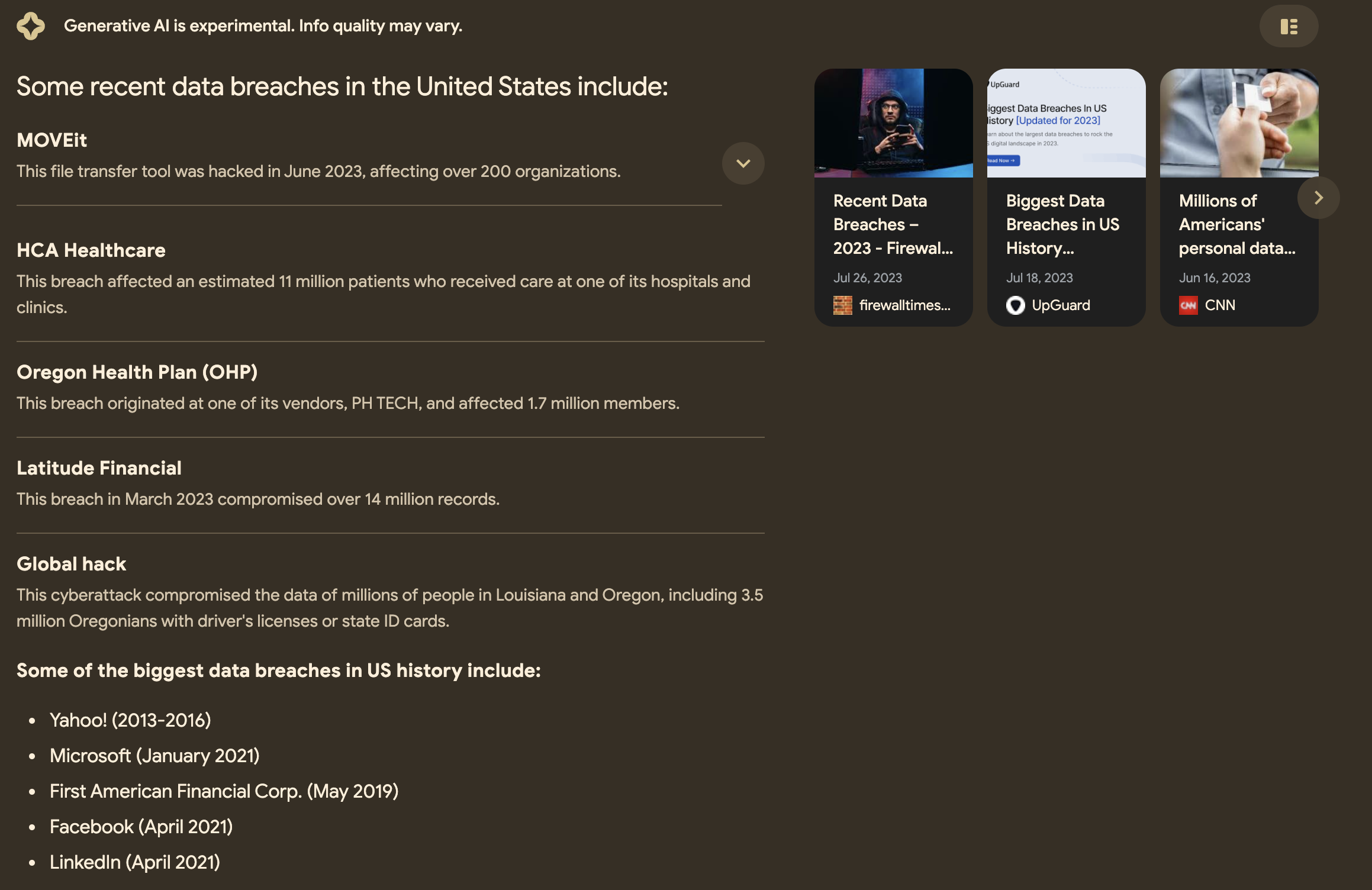



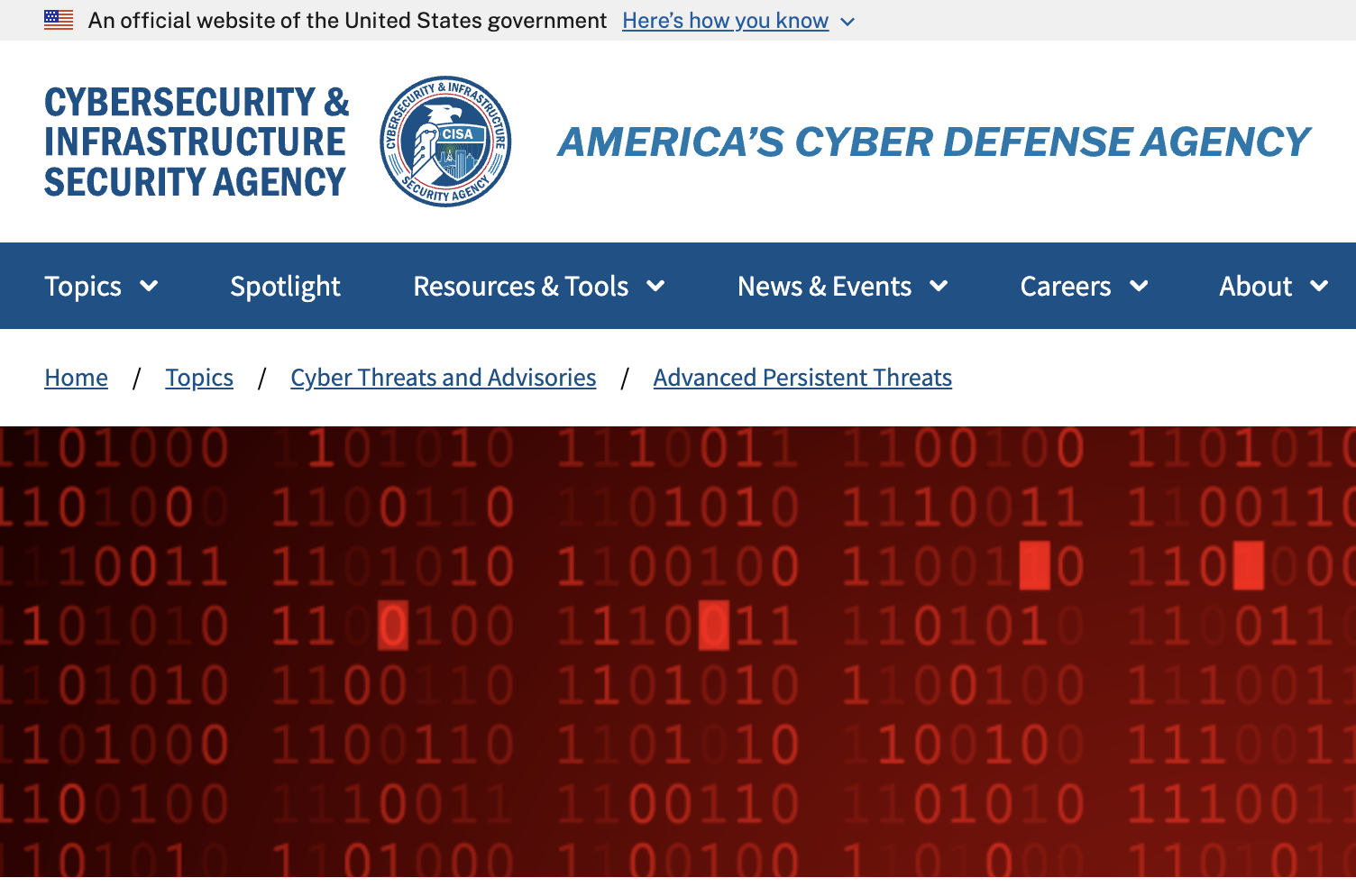
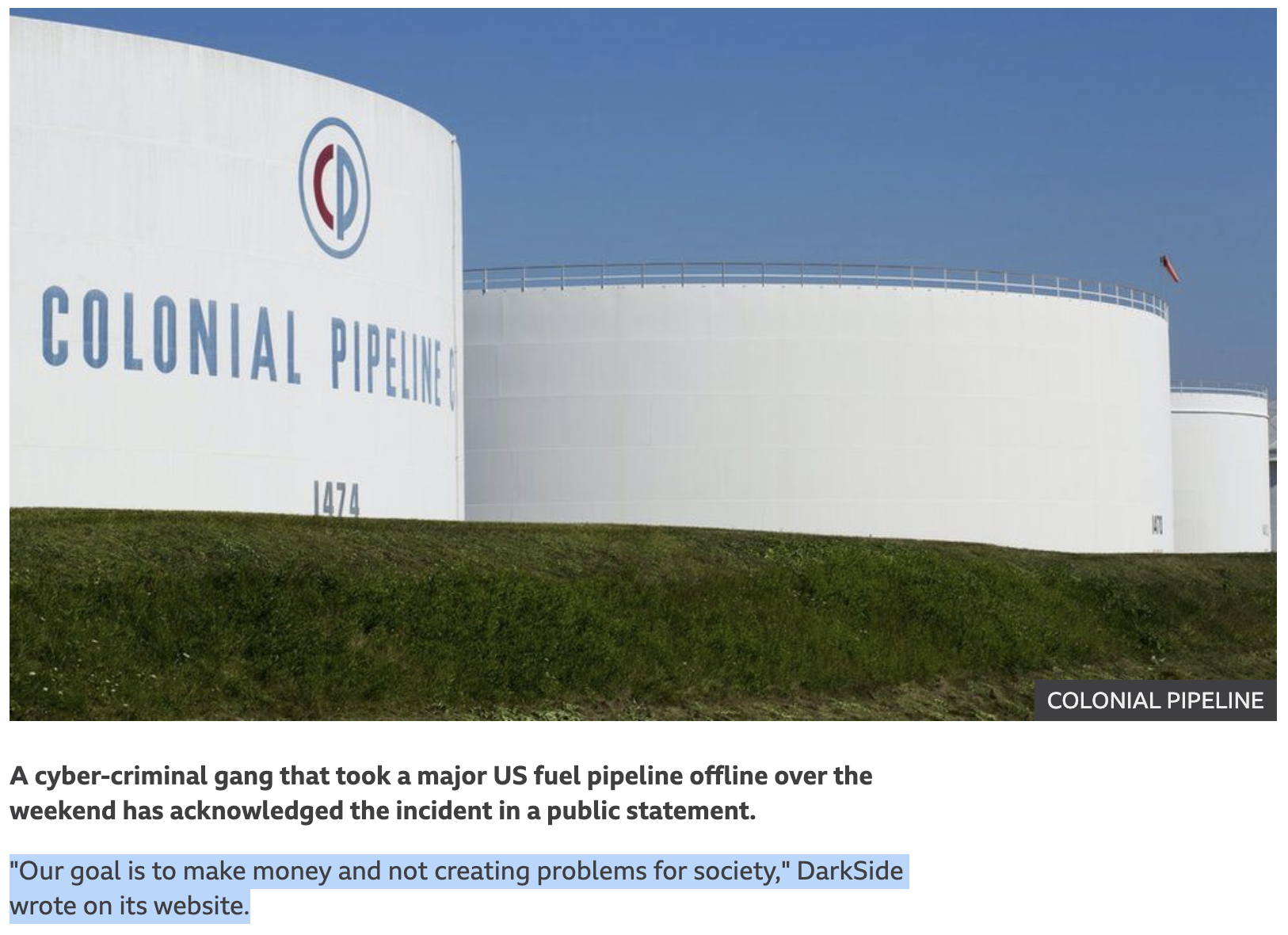
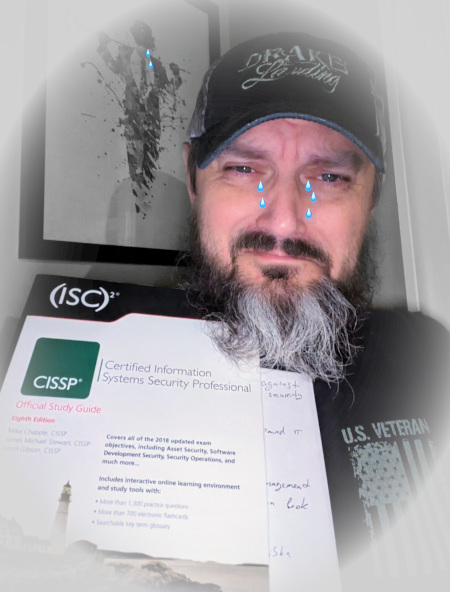

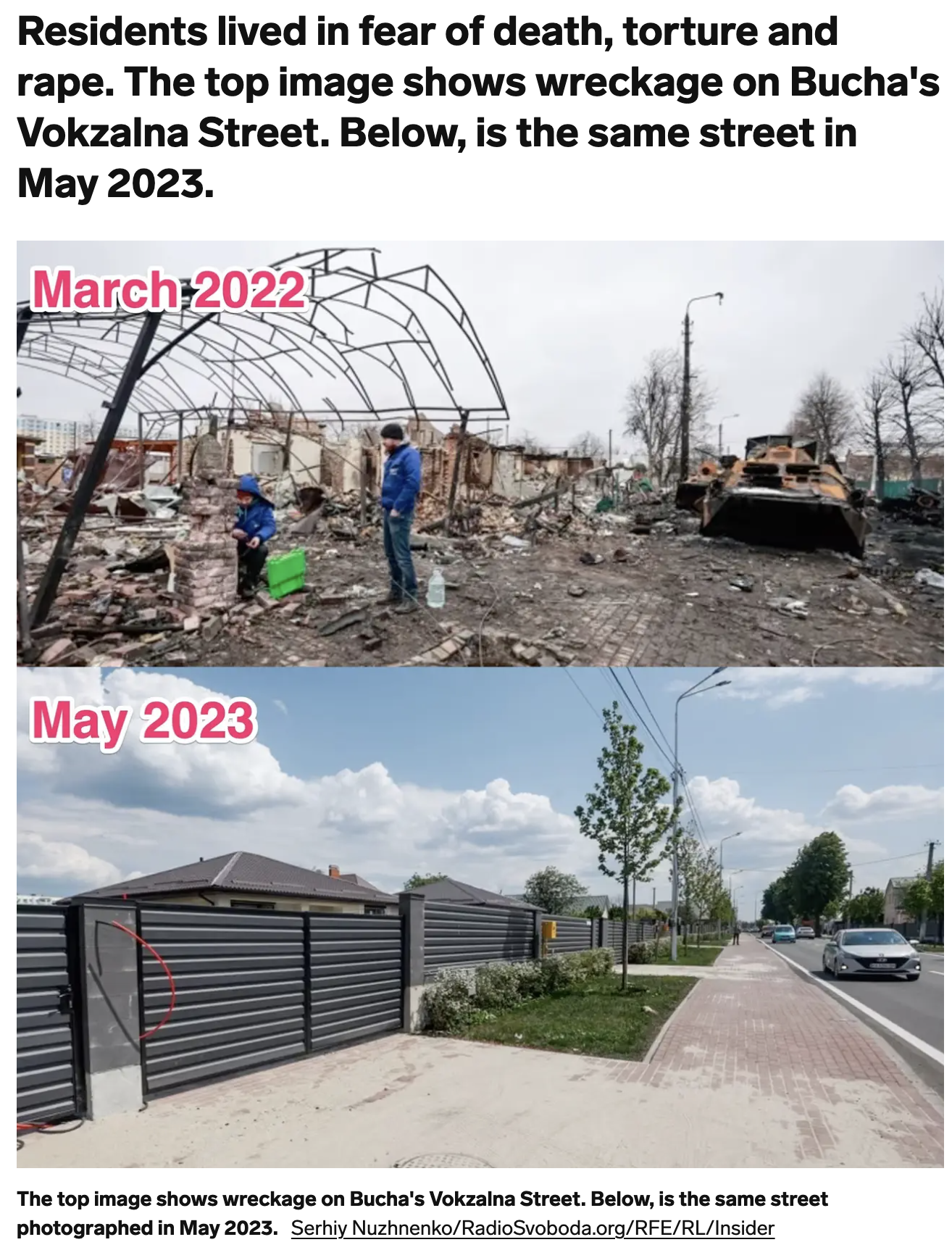




Leave a comment